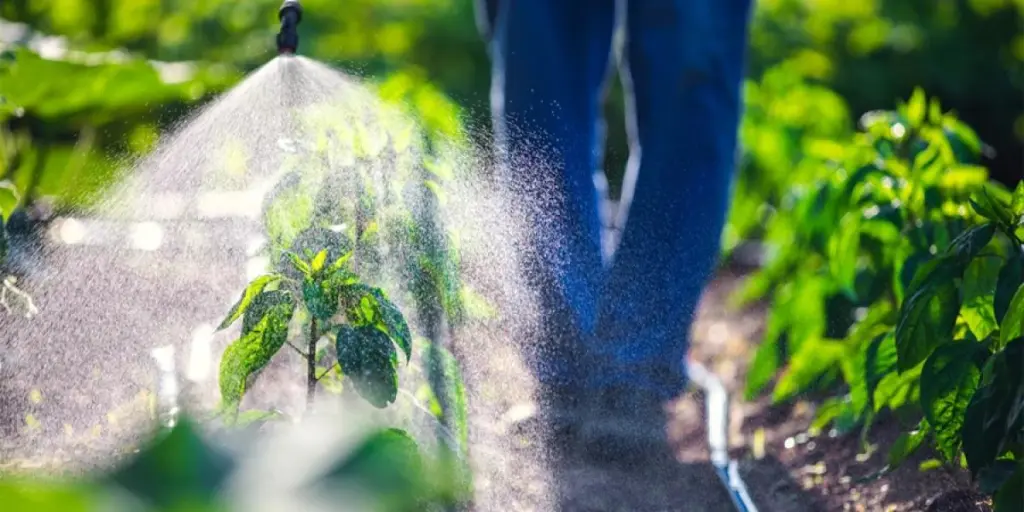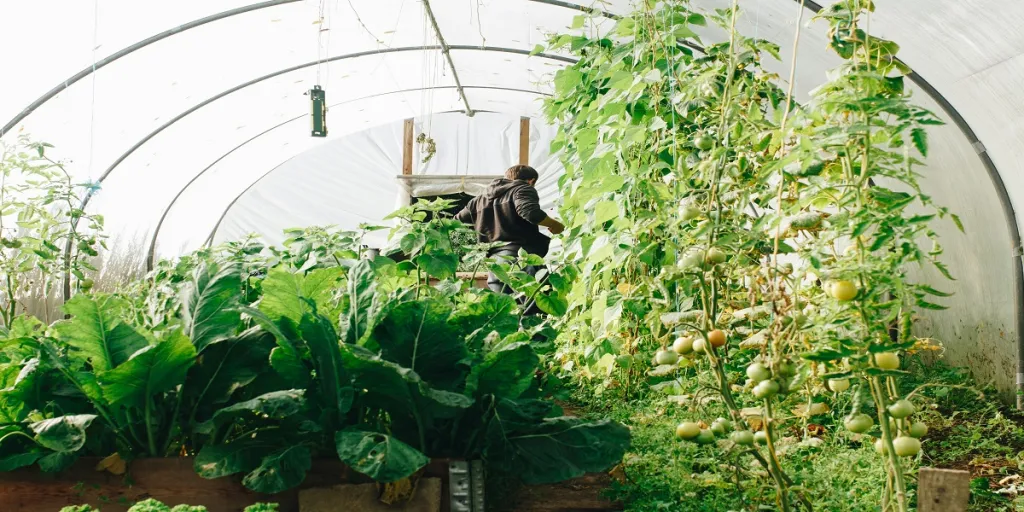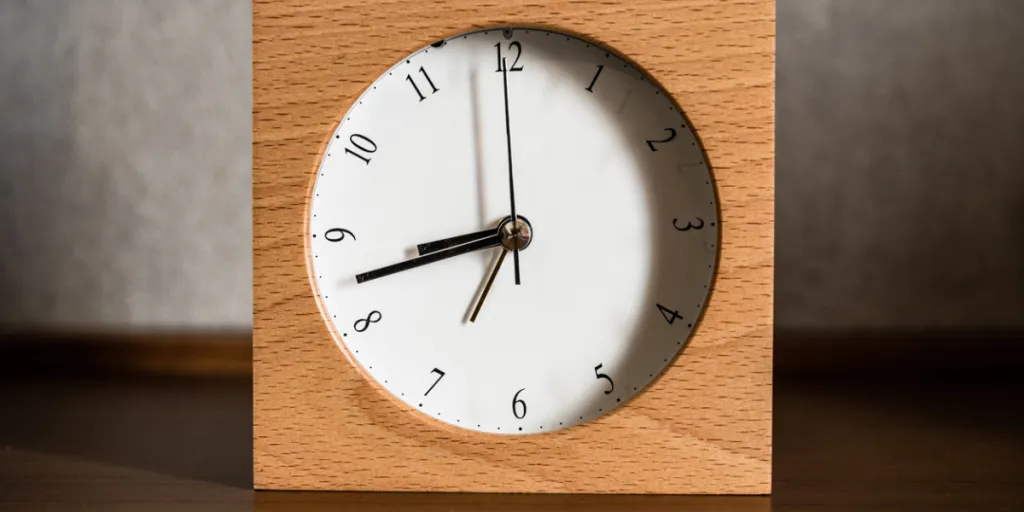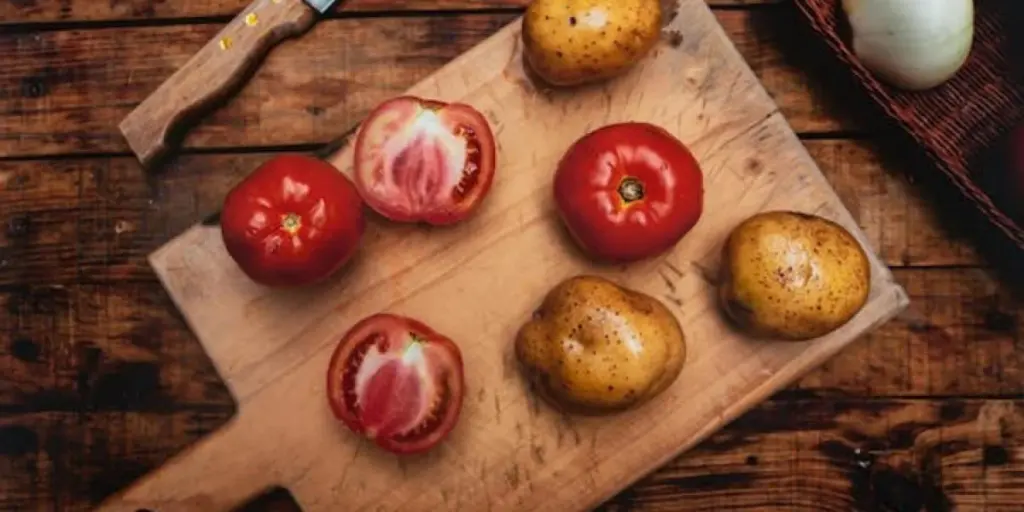In the ever-evolving world of gardening and landscaping, the significance of garden sprayers has grown remarkably, becoming an indispensable tool for both amateurs and professionals alike. As we step into 2024, the garden sprayer industry is witnessing rapid advancements in technology, offering more sophisticated, user-friendly, and environmentally conscious options than ever before. This evolution caters to a broader spectrum of gardening needs, ensuring that every plant enthusiast, regardless of their skill level, can find a sprayer that meets their specific requirements. Embracing these advancements, gardeners are now equipped to nurture and protect their green spaces more effectively, making garden sprayers a crucial component in the modern gardener’s arsenal.
Table of Contents:
1. Market overview
2. Different types and their features
3. Things to consider when selecting products
1. Market overview

The global sprayer market, including garden sprayers, is expected to reach USD 6.7 billion by 2025, growing at a CAGR of 4.6% during the period 2020–2025, according to Arizton Advisory & Intelligence. This growth is indicative of the increasing demand for garden sprayers across various sectors. Key factors contributing to this growth include technological advancements, an increasing number of farming and landscaping activities, and a growing emphasis on crop protection and efficient pest control.
The sprayer market is diversifying, with a range of products from manual to electric, solar, and gas-powered models. Consumer preferences are leaning toward products that offer convenience, efficiency, and environmental sustainability. Solar-powered sprayers, for instance, are gaining traction due to their low operation costs and minimal environmental impact. Additionally, the rise of smart technology in gardening tools is influencing market trends. Advanced devices and precision agriculture systems are enabling more profitable, efficient, and eco-friendly gardening practices.
Geographically, regions such as North America and Europe are seeing a high adoption of modern crop protection sprayers. Meanwhile, in the APAC region, government subsidies for agricultural facilities are boosting the sales of various sprayer types. This regional variation reflects the diverse needs and preferences of consumers worldwide, shaping the sprayer market’s current landscape and its future direction.
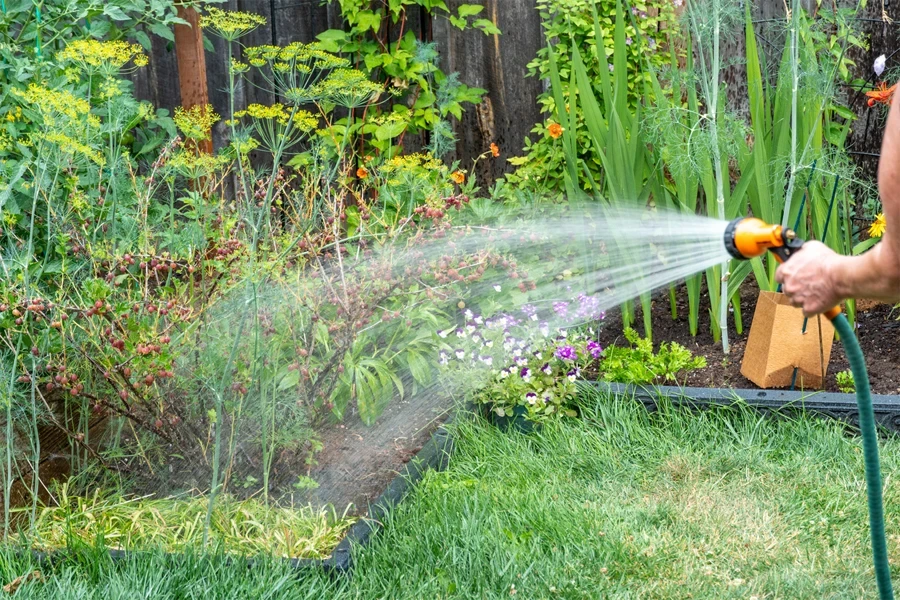
2. Different types and their features
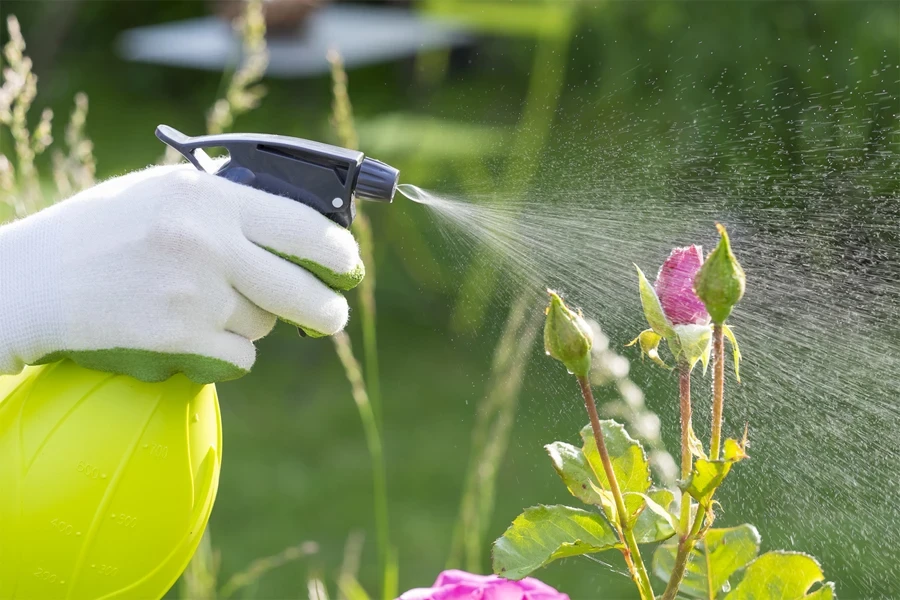
Garden sprayers come in various types to cater to different gardening needs. Each type offers unique features and advantages, making them suitable for specific scenarios.
Handheld sprayers: These are compact and ideal for small-scale gardening tasks. Handheld sprayers are typically lightweight and easy to maneuver, making them perfect for targeted applications like spot-treating weeds or fertilizing small garden patches. For instance, the Chapin International 20000 Garden Sprayer is a notable example. It features an ergonomic handle and an adjustable nozzle, suitable for small tasks and easy to fill thanks to its funnel top.
Backpack sprayers: Designed for more extensive use, backpack sprayers offer larger capacity and comfort during prolonged use. They are worn on the back, evenly distributing weight, which reduces user fatigue. The D.B. Smith Field King Backpack Sprayer exemplifies this category with its padded harness straps, internal pump, and a selection of nozzles for different spraying patterns. This type is ideal for larger gardens or for professional landscaping use.

Wheeled sprayers: These sprayers are attached to a wheeled cart, making them easier to move around, especially in large spaces or for heavy-duty tasks. They are suitable for extensive areas as they can carry more liquid than handheld or backpack models. The Scotts Wheeled Sprayer, with its large capacity and battery-powered pump, provides an excellent example of this type. It eliminates the need for manual pumping and is easy to transport.
Hose-end sprayers: These sprayers are attached directly to a garden hose, mixing water with the spraying substance. They are ideal for covering larger areas uniformly and quickly. Hose-end sprayers are perfect for lawn care or for applying substances over a widespread area.
Battery-powered sprayers: Offering a blend of convenience and efficiency, battery-powered sprayers eliminate the need for manual pumping. They are ideal for users looking for a user-friendly, fatigue-reducing option. Models like the Visotech battery-powered backpack sprayer are notable for their advanced motor and pump system, as well as their convenience for large area coverage.
3. Things to consider when selecting products
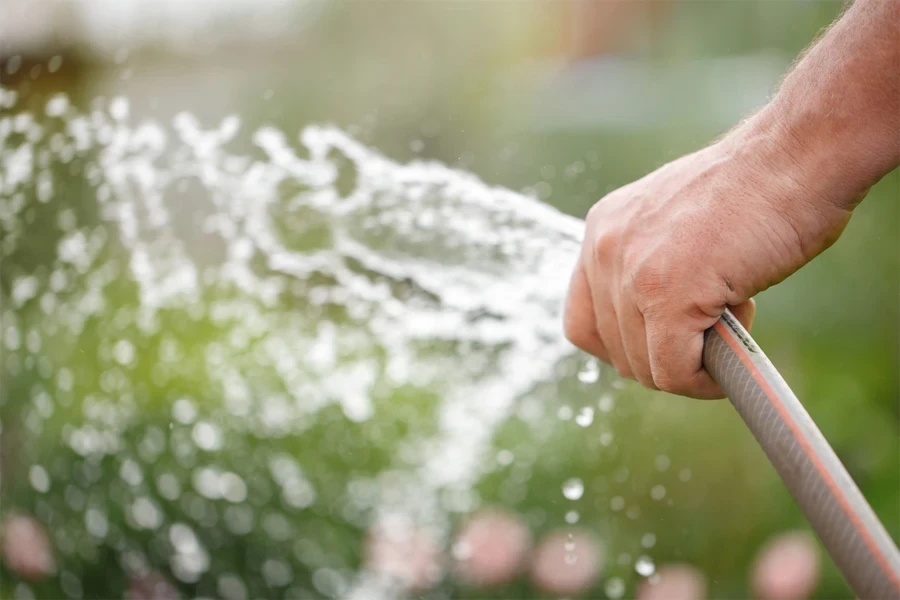
When selecting the best garden sprayer for your needs, several key factors must be considered. Each factor plays a crucial role in determining the efficiency, effectiveness, and suitability of the sprayer for various gardening scenarios.
Sprayer type: The choice of sprayer type should align with the scale of your gardening tasks. Handheld sprayers are optimal for small gardens or targeted applications, while backpack sprayers, like the D.B. Smith Field King Backpack Sprayer mentioned by The Spruce, are suited for larger areas due to their capacity and comfort in extended use. Wheeled sprayers, exemplified by the Scotts Wheeled Sprayer, offer ease of movement in large spaces.
Capacity: The tank size is directly related to the area you intend to cover and how often you want to refill. Larger tanks, as seen in backpack and wheeled models, reduce the need for frequent refills but can be heavier and more challenging to maneuver.
Spraying mechanism: Options range from manual to battery-powered mechanisms. Battery-powered sprayers, such as those from Visotech, provide convenience and reduce physical effort, but manual sprayers offer simplicity and reliability.
Adjustable nozzle: An adjustable nozzle, as seen in the Chapin International 20000 Garden Sprayer, allows for versatility in spray patterns and applications. It’s essential for tasks that require different spray intensities and patterns.
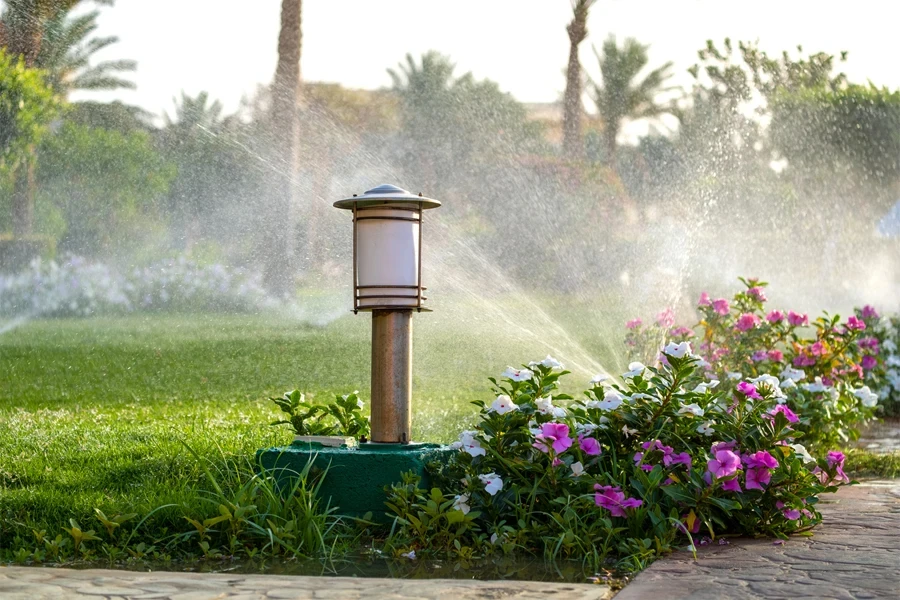
Material and durability: The construction material impacts the longevity and maintenance of the sprayer. Materials like high-density polyethylene offer durability and resistance to chemicals and UV exposure. Consider the environmental conditions and the type of chemicals you will use when choosing the material.
Ease of use: Features like ergonomic designs, comfortable handles, and easy-to-read measurements enhance user experience. For example, the large handle on the D.B. Smith Contractor Max Sprayer makes operation easier.
Budget: Balance cost with quality and functionality. While higher-priced models may offer more features and durability, mid-range or budget-friendly options can adequately meet the needs of most home gardeners.
Conclusion
As we move into 2024, the landscape of gardening tools continues to evolve, with technological advancements offering more efficient, user-friendly, and sustainable options. We encourage our readers to use the insights provided to make informed decisions, selecting garden sprayers that align with their gardening ambitions and the evolving market trends. Remember, the right garden sprayer can transform your gardening experience, making it more productive, enjoyable, and fulfilling.
